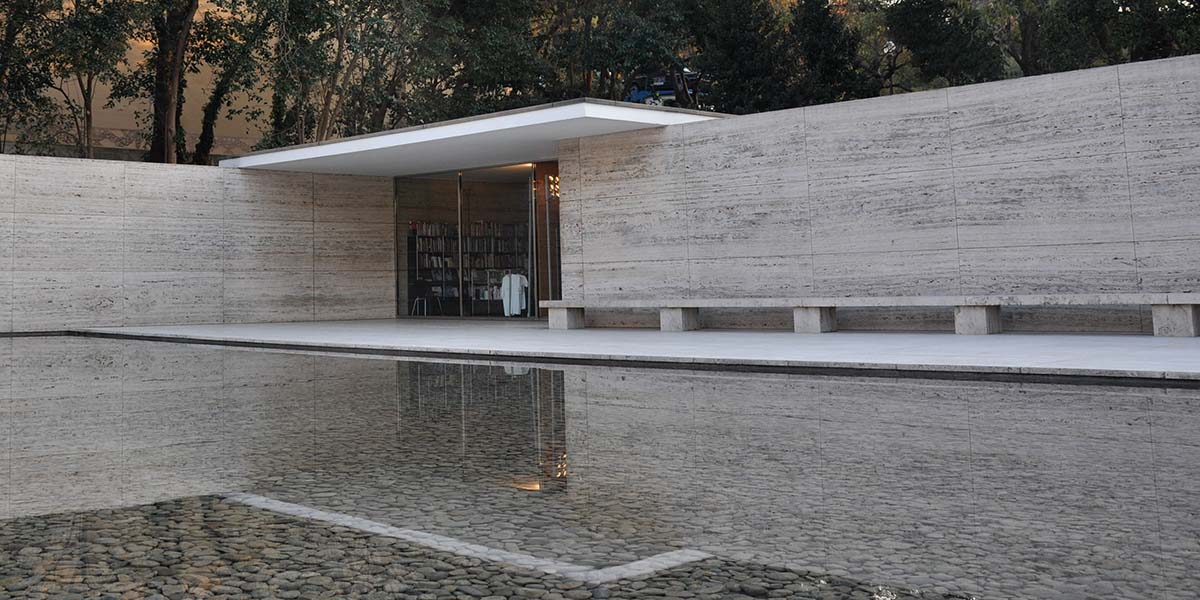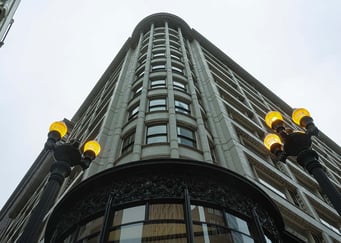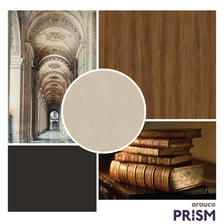- Home
- >> Blog
Design with Intention, Part 1: Form Follows Function Redux

Part 1 of 4 in a special series that contemplates how purpose and creativity merge when you “design with intention.”
"Design with Intention" is a concept that evolved in the world of commercial design as the avant-garde movement of the 1950’s embraced minimalism, itself stemming from the mantra, “form follows function.” Today perhaps a cliché, form follows function was originally associated with architectural design, but its influence is felt throughout all design disciplines, especially where ergonomics are key. Think of interior design, product design, or electronics.
As a concept, form follows function is usually attributed to 19th century American architect Louis H. Sullivan, but it traces further back to Carlo Lodoli, an 18th century Italian architectural theorist, Franciscan priest, mathematician, and teacher whose work anticipated modernist notions of functionalism and honesty in materials.
 In its purest interpretation, it dictates that the physical form of a building or object should reflect only its intended function or purpose. Some take this to mean focusing solely on function, avoiding all unnecessary ornamentation or decoration, stripping down to essentials.
In its purest interpretation, it dictates that the physical form of a building or object should reflect only its intended function or purpose. Some take this to mean focusing solely on function, avoiding all unnecessary ornamentation or decoration, stripping down to essentials.
“Less is more” was one popular take, or, more colorfully, “chuck out the chintz.” This austere approach was surprisingly refreshing and pleasing to many. But Sullivan, considered the father of modern skyscrapers, neatly sized it up in his 1896 essay, “The Tall Office Building Artistically Considered.” His radical idea: instead of 16 stories of identical floor plans, each floor of a tall building should be designed for the activities taking place therein. “Form ever follows function [sic]” Sullivan says in the essay, which birthed Functionalism, and further begat Modernism and the ornamental austerity of Bauhaus design.
Designers, architects, and thinkers have been debating its meaning, and relevance, ever since.

“Form follows function—that has been misunderstood. Form and function should be one, joined in a spiritual union.”
– Frank Lloyd Wright
“My [Alessi] juicer is not meant to squeeze lemons; it is meant to start conversations.”
– Philippe Starck
“Design is not just what it looks like and feels like. Design is how it works.”
– Steve Jobs
“It’s not about choosing beauty or functionality and sacrificing the other. It’s not about creating something simple instead of something complicated. It’s about choosing to be thoughtful about your design.”
– Jonathan Speh

As you lead the discovery process with your clients and develop successful projects, we hope you remember our fun refresher about designing with intention. We invite you to learn more about how ARAUCO Prism® TFL can help. Visit www.prismTFL.com to search designs, download software assets, use the Room Studio visualizer, and request samples. Samples are always free to qualified A&D professionals. To keep your professional credentials current, we also offer credit-approved CEUs.
###